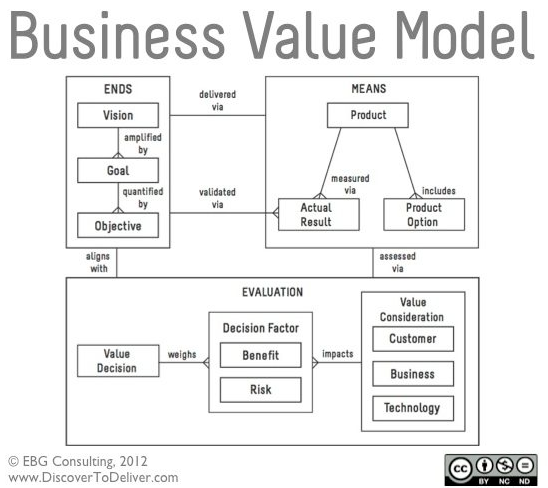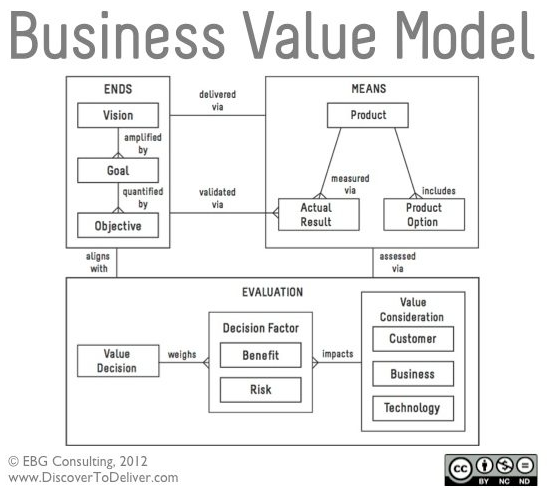7 Habits of Highly Effective Business Analysts
Highly effective BAs, regardless of their skill level or years of experience, consistently hone their craft. Guided by curiosity and passion, great BAs are always on the lookout for growth opportunities—ways to strengthen and sharpen their skills.
This focus on continuous professional improvement goes far beyond attending an annual conference or workshop. Instead, effective BAs develop daily habits that demonstrate leadership and expertise.
So, I’ll borrow Stephen Covey’s popular “seven habits” framework to discuss the recurrent behaviors that support excellence in the business analysis profession.
Although I refer to these as BA habits, they can be applied to most professions. So, whether you are a project manager, a tester, a techie or a trainer, think about how these habits can help you become a leader in your organization.
Habit #1: Effective BAs engage stakeholders.
BAs need information, cooperation and trust from their stakeholders. Skilled BAs get what they need by building strong relationships. They engage stakeholders in a way that inspires engagement, creativity, collaboration and innovation.
How do you know if your stakeholders are engaged? Well, these are common issues on teams with weak stakeholder engagement:
- Strongly conflicting requirements between stakeholders.
- Stakeholders are silent; roll their eyes, sigh or multi-task during meetings.
- Stakeholders do not contribute to the project. They don’t return phone calls, do not reply to emails, do not review project documents, provide resources, etc.
- Stakeholders show up late for meetings, leave meetings early or skip meetings.
- Disparate groups do not understand other stakeholder’s needs and benefits from the project.
- Progress is slow.
- Discussions loop in circles.
- Decisions are difficult to obtain.
Do you see any of those things happening consistently in your organization? Effective BAs use their influence to create an environment that looks more like this:
- Stakeholders have a shared vision and can communicate the vision to their team/s.
- Stakeholders understand their connection to each other.
- Stakeholders trust each other and the BA.
- Stakeholders enthusiastically participate in meetings.
- Stakeholders make themselves and their resources available to the BA as needed.
- Questions, discussion and meaningful debates.
- Proactive, 2-way communication
Habit #2: Effective BAs research new techniques.
Great BAs love discovering new tools that make work efficient, valuable and maybe even fun. Experts estimate there are more than 500+ BA techniques in use today—literally lurking around every corner. Here are a few ways to find them:
- Read the BABoK! The IIBA’s comprehensive handbook describes 40 of the most common and useful BA techniques. Current IIBA members can get a sneak peak at BABoK 3.0 by participating in the public review process.
- Attend industry conferences and workshops. Full-day or multi-day training sessions give BAs exposure to a variety of new techniques, trends, and methodologies. Many training companies and universities offer BA training. IIBA and PMI sponsor events across the world.
- Network. Connect regularly with other BAs. Ask them about new techniques. Find out what works on their projects. Solicit advice when you hit road blocks.
- Observe others. Find a mentor. Watch your peers. Which techniques do they use regularly? Are they working? Why or why not? How could you make them better?
- Borrow from other industries and professions. The most obvious example may be the lean processes project teams have borrowed from manufacturing. Are there techniques you could borrow from an elementary school teacher, a farmer, a scientist or an actor? Definitely!
Habit #3: Effective BAs experiment with new techniques.
Now, it’s time to put those new techniques to work! Stagnation and boredom are the enemy of an effective BA. Applying new techniques keeps BAs motivated, engaged and inspired.
Experimentation often invites risk, but there are many ways to contain possible fallout:
- Start small. Try a new techniques on small, low risk projects. Apply the new technique to a small part of a big project.
- Break it down. Find a way to break the new technique in pieces. Try one piece on an analysis or elicitation effort to see if it is works. Then get feedback and adjust course if needed.
- Find your friendlies. Use a new technique with a small, friendly group of co-workers. Encourage them to give you honest feedback.
- Set expectations. Let stakeholders know why you are trying the new technique.
- Ponder plan b. Courage to try new things includes the possibility of failure. Think about the worst case scenario. What’s your plan b if the new technique fails?
Habit #4: Effective BAs plan to re-plan.
I run into so many BAs that get stressed out by estimating requirement deliverables. They often ask, “How can I estimate when I don’t have any requirements yet?” My answer: “We plan to re-plan!”
As the project needs and scope evolve, effective BAs revisit their estimates—they reevaluate and adjust as the project moves forward.
Every BA leader and PM I have talked to about this agrees. It’s totally fine to change the estimate and re-plan, just not at the last hour!
So, set expectations and share them.
- Make sure the PM and other leaders understand that this is your best estimate based on the current state of the project.
- Help them understand which factors will increase or decrease estimates.
- Plan resources: What can you do in the early stages of the project to anticipate estimate changes? Who can you pull in if you get behind? What tools can you use to be more efficient? How can you manage busy SMEs to get good requirements?
- Look at the value and risk of scope items and adjust the plan accordingly to spend more time on high value and high risk items.
- If your incentives are based on estimation accuracy, then talk to your leader about re-planning and how it fits in the incentive plan.
Effective BAs know that re-planning will be required to protect the project value. They look at the tasks and deliverables like puzzle pieces that need to be flipped, turned, and shuffled until they all come together in their proper place.
Habit #5: Effective BAs use visuals, often.
In most cases, visual communication is more effective than text-heavy documents or verbal descriptions—humans process visual information more quickly and completely. Effective BAs understand the importance and efficiency of visual communication. They always look for new and improved ways to use visuals in their meetings, presentations and documentation.
Skilled visual communicators:
- Create high-level conceptual visuals, low-level detailed visuals and everything in between.
- Tailor their visuals to meet the needs of their audience. Does a CEO want to review a 20-page process model? Does a group of SMEs want to focus on the whole organization or just their piece of the pie?
- Draw spontaneously on white boards when discussions start spinning.
- Use visuals in virtual meetings too. They use virtual whiteboards, post-it notes, flow charts, etc.
- Know that visuals do not need to be perfect. You don’t need to be an artist. You don’t need 100% accuracy on day one. A flawed visual is so much better than starting with a blank page.
Habit #6: Effective BAs develop Underlying Competencies.
Obviously, BAs need techniques and tools to complete their practical tasks, but they also rely on underlying competencies. The techniques are like the tools in the tool box, but underlying competencies (UCs) influence how the tools are used and how the techniques are applied. UCs are the artistry, the finesse, or the soft skills.
Effective BAs continuously refine their UCs in many of the same ways they develop techniques: research, training, observation, experimentation, etc.
Effective BAs maintain dozens of UCs, but here are a few of the most important:
- Critical thinking and Problem Solving
- Teaching
- Leadership and Influence
- Facilitation and Negotiation
- Personal integrity
- Organizational Knowledge
Habit #7: Effective BAs consider politics.
Politics exist in every organization.
In project work, politics usually play out during prioritization efforts: which work will get funding, whose projects fit into an implementation, which requirements get cut.
Skilled BAs don’t ignore politics, but they avoid playing. They work around and within them.
How do effective BAs walk this fine political line? How do they understand and manage politics without getting involved? Good questions. Here are a few ideas:
- Build wide support to eliminate politics as a factor.
- Always redirect the team back to the project value. Which requirements, timelines, bug fixes, testing strategies, etc. best support the goals of the project and value to the organization?
- Gather data. In many cases, good data can tell as story that transcends politics and makes the right answer obvious.
- Lead with empathy. Understand what each stakeholder is seeing, hearing, thinking, feeling. Use these insights to help you influence each stakeholder.
- Understand the definition of success for each stakeholder.
Which habits make you a highly effective project professional?
Don’t forget to leave your comments below.





 How would you respond to a stakeholder who avoids voicing out concerns plainly because he is afraid to create noise?
How would you respond to a stakeholder who avoids voicing out concerns plainly because he is afraid to create noise?